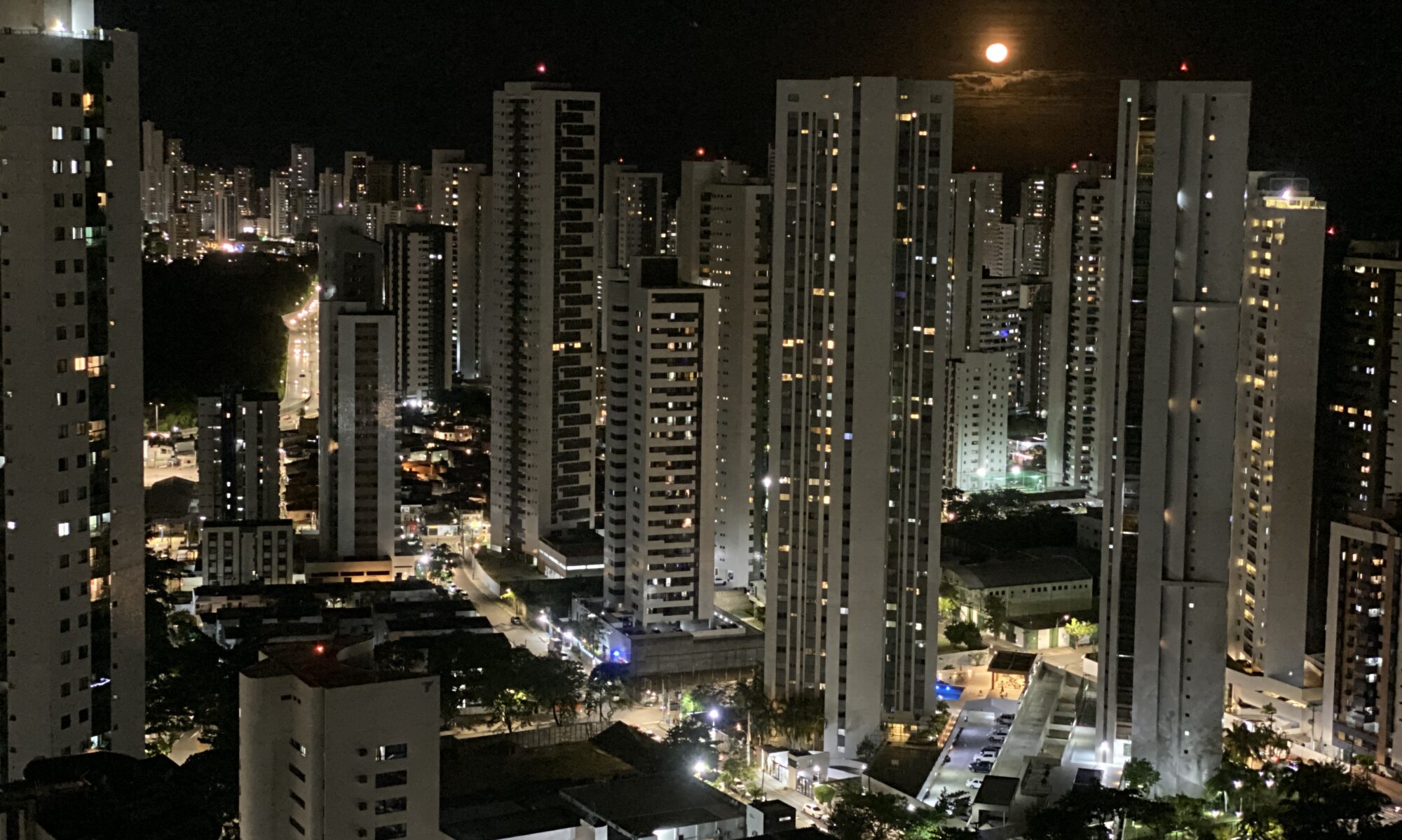The North-eastern Sertão is characterised by the predominance of a semi-arid climate, with occasional periods of drought, for which reason that region is also known as the “polygon of drought”. Even today cattle ranching is its main economic activity.
The first process of interiorisation of the country occurred in that region between the 16th and 17th century, with the movement of cattle raising from the coast, owing to pressure exerted by the expansion of sugar cane farming, which was the main product exported by the colonial economy. The area was conquered by settlers with few resources and the development of cattle ranching made it possible to tame the Sertão. The cattle tracks thus created allowed the joining of and trade between the North-eastern coastline and the interior, giving rise to several cities. The São Francisco river constituted a natural way into the Sertão, expanding the extent of the area involved in those exchanges.
Prolonged periods of drought are one of the main problems of the North-eastern Sertão and, since the 40s the government has been trying to solve the problem by introducing various irrigation programmes, which are mainly aimed at the region’s economic development.


